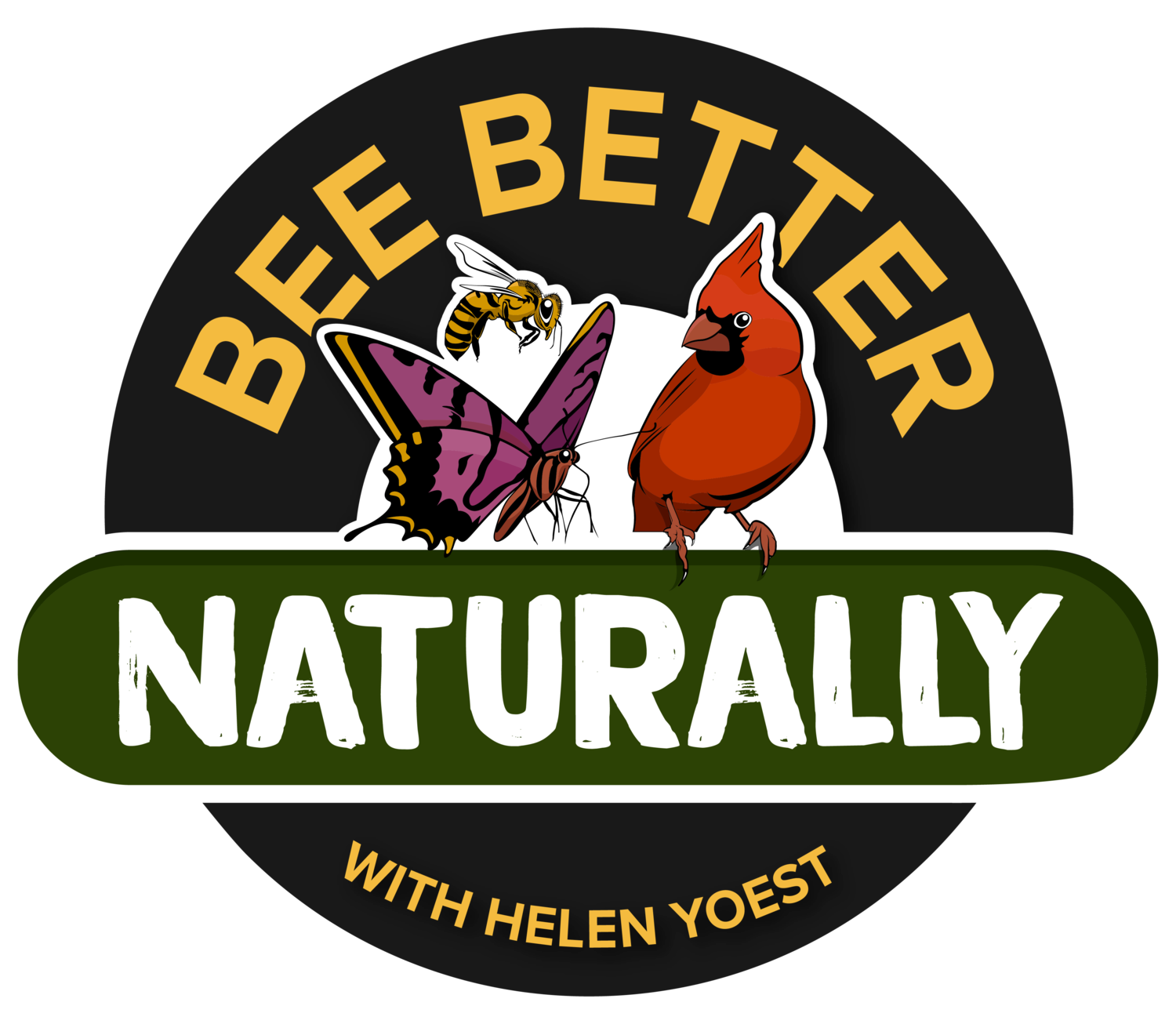Sitting on the back porch in the late afternoon of an early summer day, I watch the goldfinch alight the seed heads of the black-eyed Susans. (I can put Latin names, if necessary. I find most of my editors take them out.)
Did you know the goldfinch is one of the few birds that feed their broods a 100 % vegetation diet? As such, females delay nesting until seeds become available. Most birds feed their young soft-body insects and can begin feathering their nest much earlier.
I can sit and enjoy the garden since I’ve designed my garden for pleasure and function, not intense labor. It’s doable. You can have everything you hoped to have from your plot of land, even a small lot, through sustainable design.
Over the years, I've talked with many gardeners. I often ask, “How did you get into gardening?” Most often, the answer is that a parent or grandparent inspired them. I wanted to know if anyone ever considered garden-making on their own. For me? It was Nature. While my Dad had a vegetable garden that I helped with, it was more about discovering for me, and when you grow the same plants year after year, the lesson is learned. I strive for growth.
HOW I BECAME A SUSTAINABLE GARDENER
When I was seven, my family moved from Chincoteague, VA, to Norfolk, VA. Across the street was a field, and through that field was my elementary school. I walked to school each day through a path I cut, about 1/2 mile long. Even at seven, I knew there would be a better way than to walk around.
It took most of the summer to cut the path since the field was filled with cattails. So full of plant life you couldn’t easily walkthrough! I first had to cut down the cattails back with a machete, then mow high, then low. The real work came when I walked the path at least twice each day to give it some wear. This was the only summer I wore shoes, and only when I was stomping my way through. Soon, I got all the neighbor kids to walk with me.
Funny thing, we cut through the grass between two neighbors’ yards to reach the path. No one seemed to mind, even during the school year when 20 or so used the path to school. What started as a shortcut became an adventure to learn what else was on the other side.
As a lifelong nature lover, I was never bored. Then and now, I would rather be outside than in. I studied the cattails at each stage of its life. I was also fascinated with the flowering plants mixed within. And then there were all the beetles and bugs visiting these flowers. I'm sure there were snakes, too, but I have never been afraid of them. I stayed away, and so did they. To this day, I've never been bitten, but I expect to someday. It is just part of the great outdoors.
Over the years, my life and the environment were one. I can't separate the two. When it came time to go to college, I knew I would do work to protect the environment, and I did. First, I received an undergraduate degree in environmental health and science; I wanted more, so I got a master's in environmental engineering and science. Even still, I'm a lifelong learner.
One day, I knew I would create a garden that could sustain itself as if Nature took her pen and sketched the picture. In doing so, I found that my family and I could enjoy the garden much more since the garden wasn’t a labor burden but a bearer of life to be appreciated. When you let Nature guide you, you can't go wrong.
In 1997, my husband and I, with our then one-year-old child (later having two more), and working full-time, I knew I wanted what of thought of as an “important garden.” With a toddler underfoot, I studied our 1/2 lot in Raleigh, NC, to make it sustainable. After an illustrious career as an air pollution engineer, I started a garden maintenance business when my first child was three. My goal was to work with clients to make their gardens sustainable.
Sustainable gardening wasn't a catchphrase during those years. Sustainable gardening has become the buzzword today, encompassing green, organic, and waterwise gardening practices. A sustainable garden has these aspects, but there is so much more.
Only recently do many understand the concept, and most still need to learn what it means to have a sustainable garden.
Gardening sustainably isn’t an all-or-nothing proposition. You can begin with one practice and build from there. What’s important is to be aware of what practices you perform and think about them before you continue with business as usual. It is also good to understand the available options and gradually add more. You will save time and money through sustainable gardening, leaving you time to sit, relax, and watch the wildlife.
Simply put, sustainable gardening is the practice of conserving an ecological balance by avoiding the depletion of natural resources. A garden that can sustain itself and the life within!
Do you wonder what I found on the other side of the field that summer? There was a small tributary from the Chesapeake Bay, where I found life sustained. The scrub tree-covered creek find was our hideout, classroom, and food source since we learned what berries we could eat. We learned about the flowers, the bugs, the frogs, and where one can go to find peace of mind. Nature, using her own devices, is sustainable. A sustainable garden is creating a replica of Nature with the resources we have at hand.

